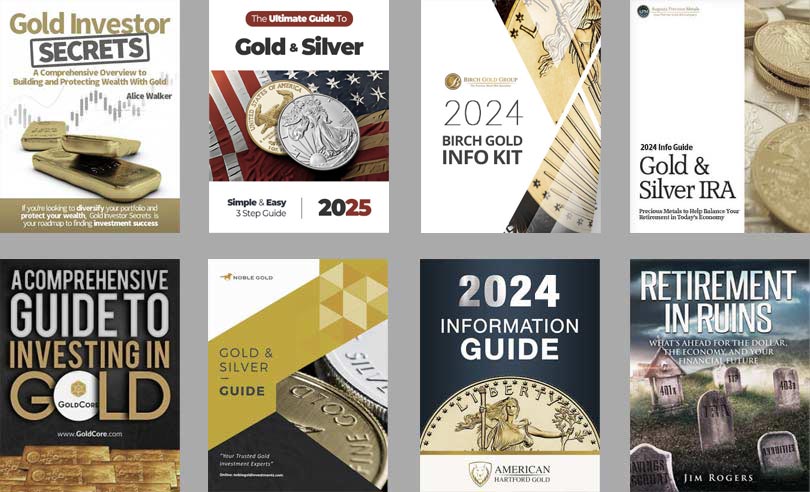Fundamental analysis of the precious metals market has failed over and over again since 2011.
 Bullion.Directory precious metals analysis 5 January, 2015
Bullion.Directory precious metals analysis 5 January, 2015
By Terry Kinder
Investor, Technical Analyst
Avi Gilburt, at Gold-Eagle, has written an excellent article on how fundamental analysis of the gold market has failed since 2011. It’s something I have felt for a while, but Gilburt’s article – apparently the first in a series – makes the case succinctly and unemotionally, which can be quite difficult, as such analysis is often met by the gold community with strongly worded oppostion.
It’s difficult to look at things from another perspective. It’s something I try to do by periodically questioning my own deepest held beliefs and the beliefs of others. I do so in a fierce and uncompromising manner in order to find weaknesses in both their beliefs and my own. For those who have a strong emotional attachment to their beliefs about precious metals, or who feel a strong need to be right, my method often evokes anger. That’s my approach in the “public square”. With regards to evaluating my own beliefs, I try to read widely and study beliefs that don’t agree with my own.

Fundamental Analysis in the precious metals has failed Image: pixabay
I was one of those who believed that within a few years after 2011 that silver would reach the $100.00 or even $150.00 mark. That hasn’t happened yet. The failure of fundamental analysis to even come close to accurately forecasting the direction of precious metals, much less the price, begain to make me doubt its accuracy. Hey, it’s great to have a lens to view precious metals through, but when fundamental analysis fails year after year to reflect the reality of the market, then it’s time to call into question it’s usefulness. To me, it’s also a matter of accountability. How long should fundamental analysis be allowed to fail in forecasting prices, inflation, etc.? How useful is fundamental analysis if it merely says the same things over and over again, but can provide no insights about what might happen in the future?
Back to Gilburt’s articles and a few valid points he makes:
1. Emotion really has no place in fundamental analysis or any other analysis for that matter:
Let me start out by saying that I am neither a metals perma-bull nor perma-bear. I am neither a gold bug, nor do I feel that “it has no utility.” Rather, I am quite agnostic regarding my “feelings” about the metal, as my primary concern is simply to be on the right side of the market in order to make money.
Unfortunately, many have become quite emotional over their perspective on gold. And, that emotional attachment has blinded many to this correction, which has caused much pain in many accounts.
2. Fundamental Analysis has been a miserable failure for over three years:
So, let’s start with a review of the past 3 years from a “fundamental” perspective. For those of you that have had a bullish bias over the last 3+ years, you will remember all the reasons to which fundamental analysts pointed as to why metals will soar. We had QE, the Indian demand, the Chinese demand, the Russian/Ukrainian issue, the Middle East eruptions, and on and on. And, unfortunately, anyone who invested on the long side based upon any of these “reasons” found themselves to be quickly underwater, especially in silver, which has lost over 70% of its value from its 2011 high to its 2014 low.
3. Our egos often blind us to reality:
So, our ego drives us to continually believe that we are able to divine the future through looking at the past. And, no matter how often this perspective is disproven by cold hard facts, the human ego simply continues to drive us to force a perspective that is wrong because it makes us feel as though we are in control.
Fundamental Analysis appears to provide a convenient lens through which to view economic events and precious metals prices. The problem, especially after 2011 has been that what fundamental analysis has said would happen / should happen, and what has actually happened, are worlds apart. Like Gilburt, long-term, I am bullish on precious metals and will continue to hold physical gold and silver. At the same time, I continue to re-examine my own beliefs continually to make sure I’m not missing something important, which ultimately led me to take a closer look at fundamental analysis and its shortcomings.
Bullion.Directory or anyone involved with Bullion.Directory will not accept any liability for loss or damage as a result of reliance on the information including data, quotes, charts and buy/sell signals contained within this website. Please be fully informed regarding the risks and costs associated with trading in precious metals. Bullion.Directory advises you to always consult with a qualified and registered specialist advisor before investing in precious metals.











 Material provided on the Bullion.Directory website is strictly for informational purposes only. The content is developed from sources believed to be providing accurate information. No information on this website is intended as investment, tax or legal advice and must not be relied upon as such. Please consult legal or tax professionals for specific information regarding your individual situation. Precious metals carry risk and investors requiring advice should always consult a properly qualified advisor. Bullion.Directory, it's staff or affiliates do not accept any liability for loss, damages, or loss of profit resulting from readers investment decisions.
Material provided on the Bullion.Directory website is strictly for informational purposes only. The content is developed from sources believed to be providing accurate information. No information on this website is intended as investment, tax or legal advice and must not be relied upon as such. Please consult legal or tax professionals for specific information regarding your individual situation. Precious metals carry risk and investors requiring advice should always consult a properly qualified advisor. Bullion.Directory, it's staff or affiliates do not accept any liability for loss, damages, or loss of profit resulting from readers investment decisions.
